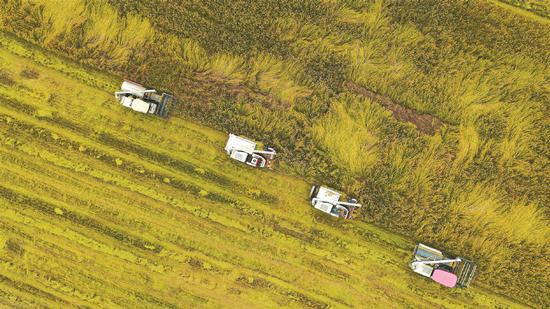
Farmers harvest rice in Deqing, Zhejiang province. (Photo by Wang Zheng/For China Daily)
The first low-carbon rice paddy in the Yangtze River Delta region can achieve a 20 percent reduction in carbon emissions compared to traditional rice planting without reducing its yield, according to statistics released by China National Rice Research Institute.
The paddy is located in the water town of Xitang in Jiaxing, Zhejiang province.
The core aim of reducing carbon emissions during rice planting is to reduce methane gas emissions, energy consumption and chemicals such as fertilizers and pesticides, said Wang Danying, deputy director of the rice research and development center at the China National Rice Research Institute.
The low-carbon rice paddy project covers 266,800 square meters, and can achieve precise fertilization and irrigation based on the differentiation of rice growth through spectral analysis provided by drones and a visualization platform.
"The high-definition camera in the rice paddy automatically detects pests. When the pests reach a certain number, the system can sense it and give instructions to spray at the proper time," said Sun Lili, the director of the Zhuxiaohui Low-carbon Rice Project.
Sun uses a mobile phone to check the paddy's pest control status and once the system gives a warning, he can contact field production staff via his phone, and a drone can carry out pest control on the target plot.
It used to cost up to 2,700 yuan ($377) per hectare per year to maintain a rice paddy, but that has been reduced to 2,250 yuan.
The China National Rice Research Institute joined hands with companies such as Aliyun, Alibaba's cloud computing subsidiary, to develop low-carbon rice farming technology.
This technology relies on the platform, linking with three intelligent control systems of precise irrigation and drainage, unmanned agricultural machinery, and green prevention and control, and three online automatic detection systems for water, gas and soil, realizing substantial carbon reduction.
With this technology, it is expected that 90 kilograms of methane emissions per hectare can be saved, which is equivalent to greenhouse gas emissions of about 2,250 kg of carbon dioxide.
Wang said the technology can simultaneously achieve high rice yields and carbon reduction and can serve the entire Yangtze River Delta, the middle and lower reaches of the Yangtze River, and even more parts of the country in the future.








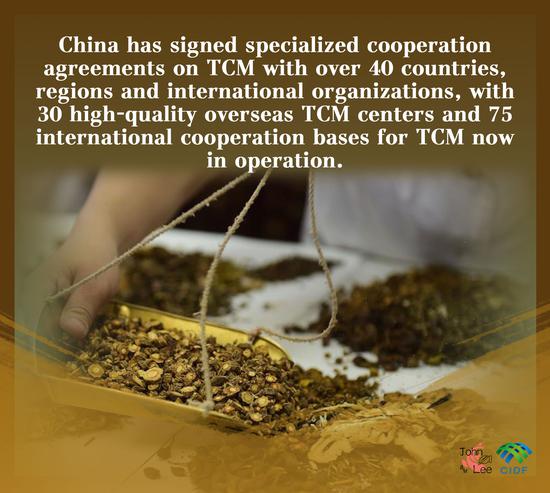


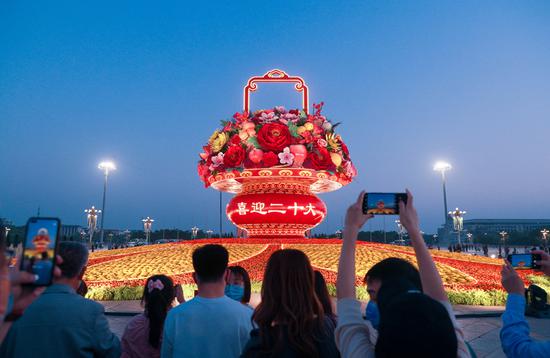
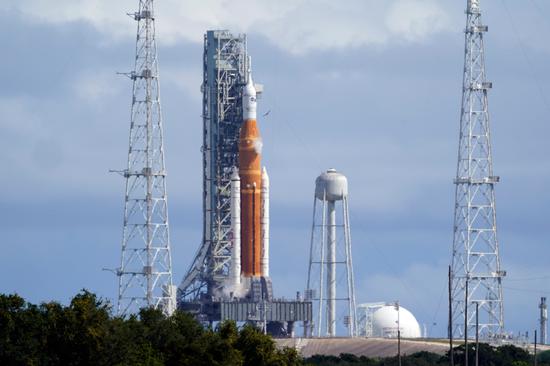
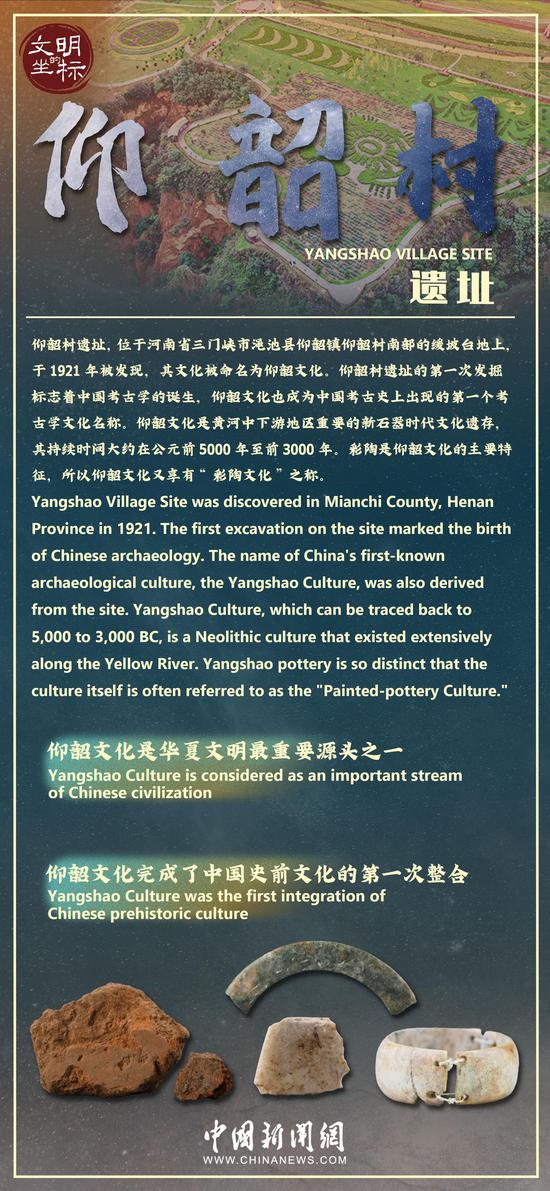
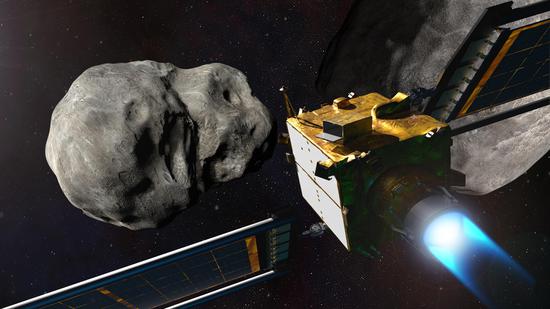
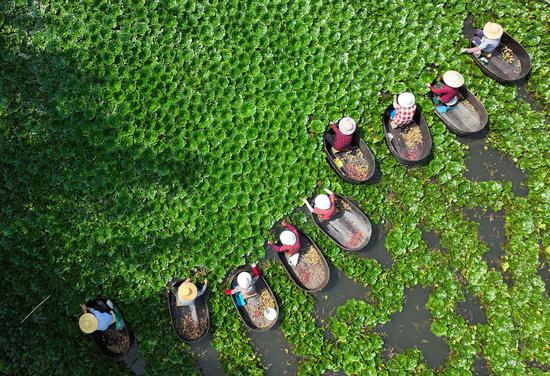

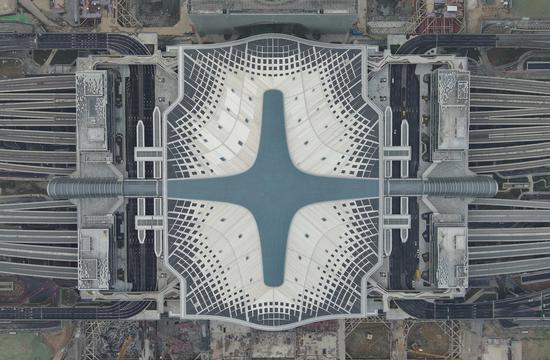



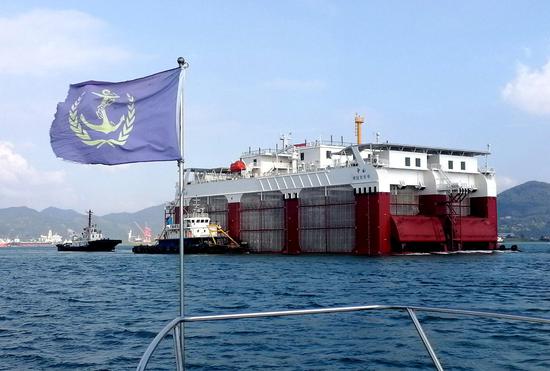
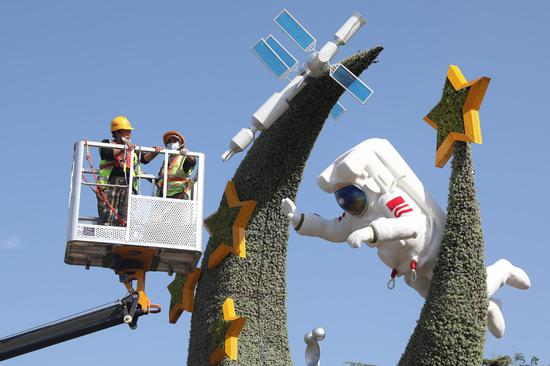

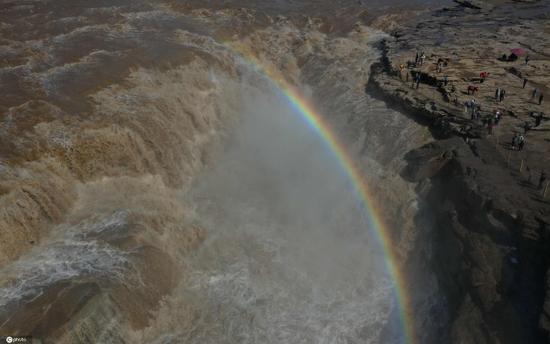
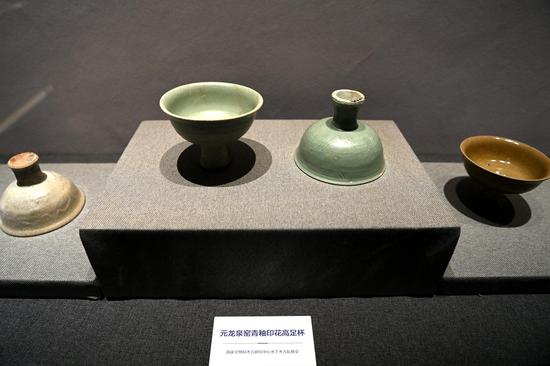
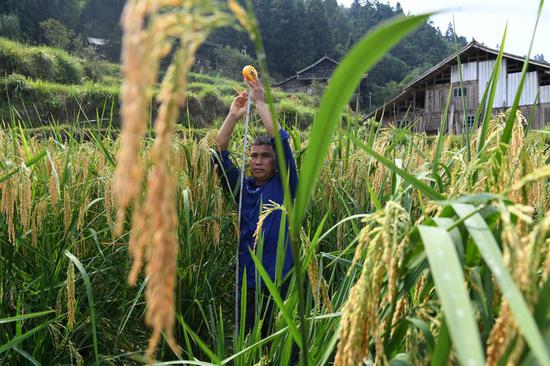

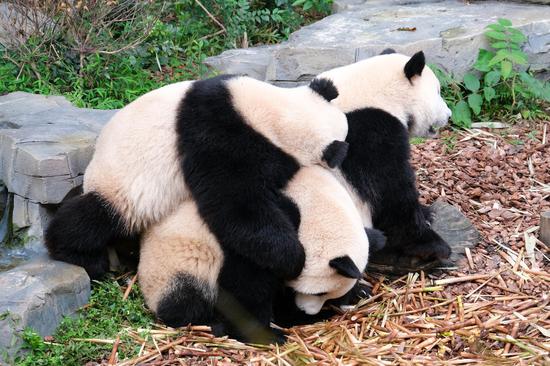
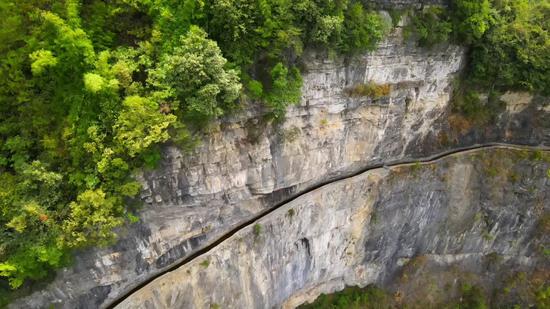

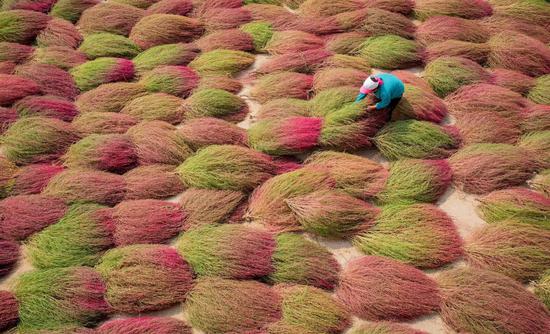
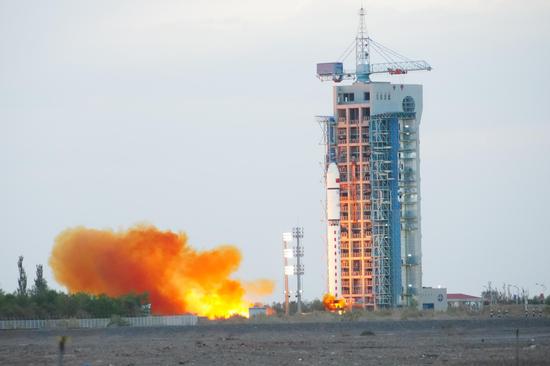
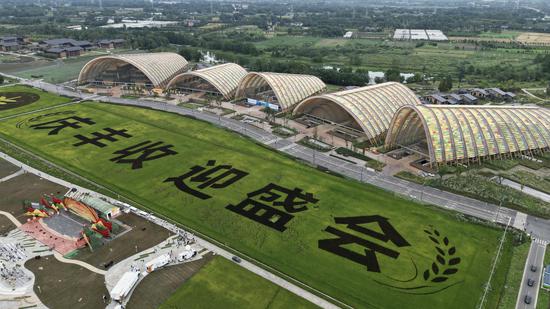
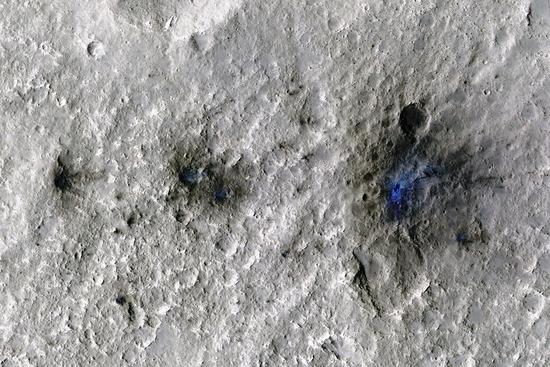
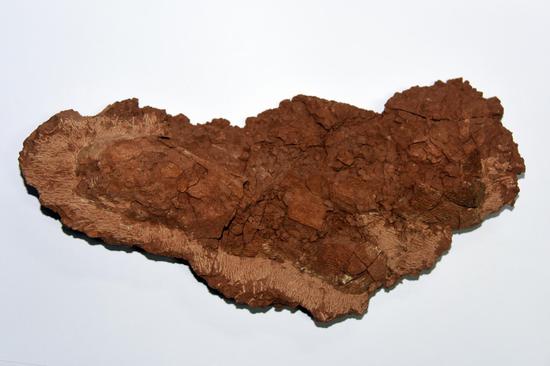
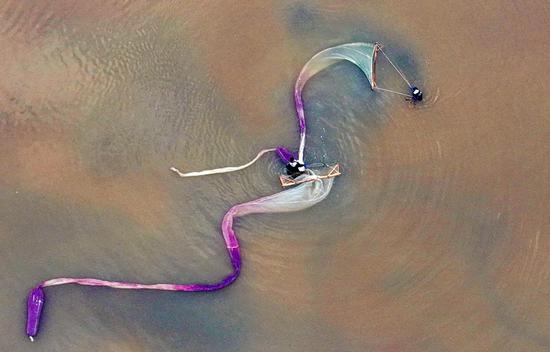
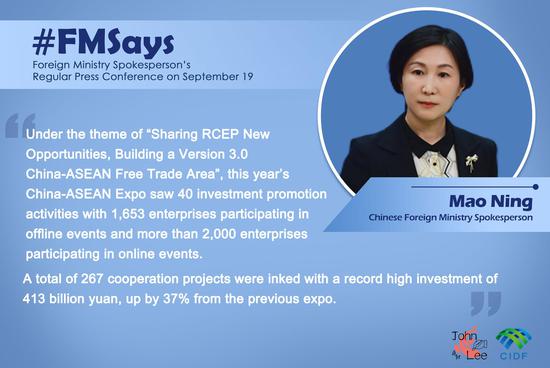
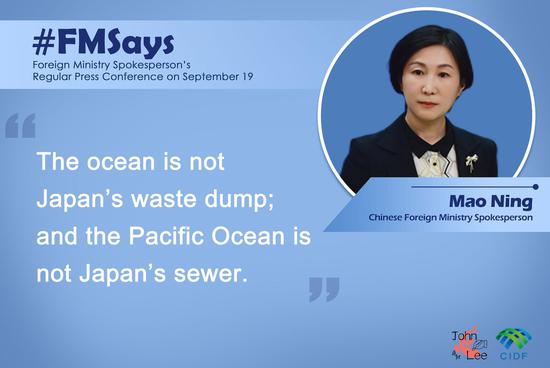
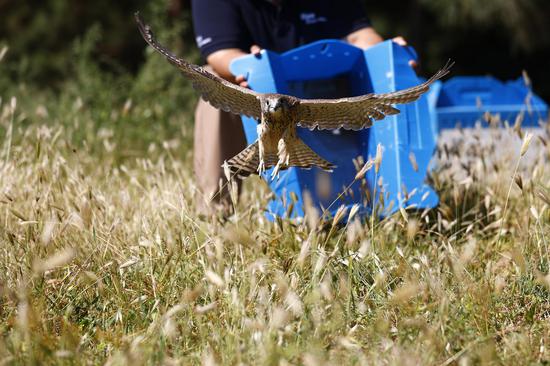
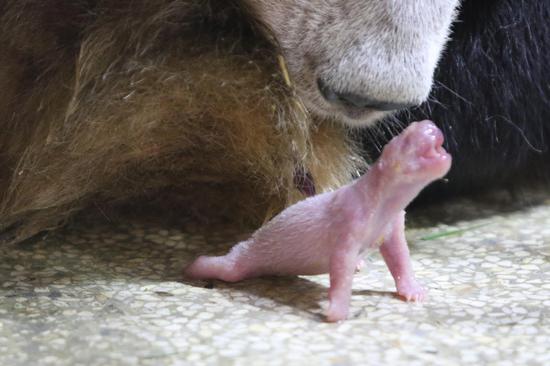
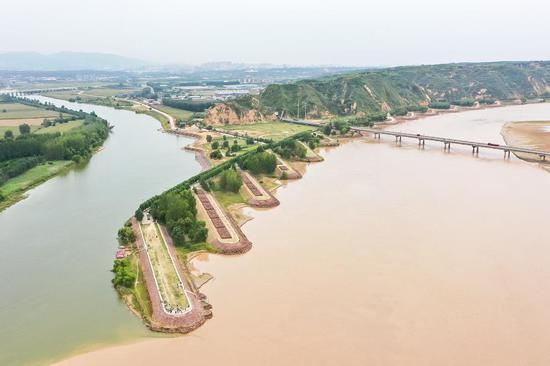


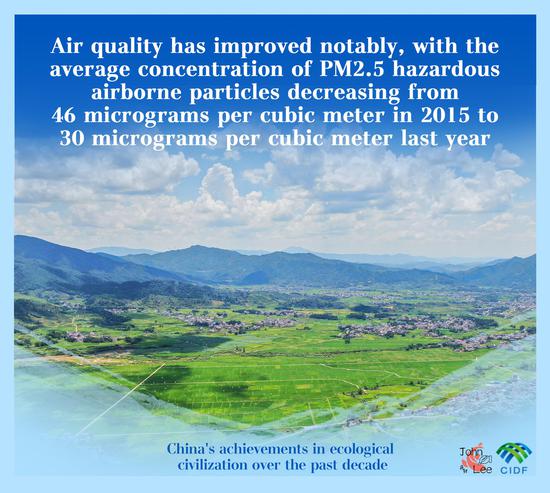





 京公網(wǎng)安備 11010202009201號(hào)
京公網(wǎng)安備 11010202009201號(hào)